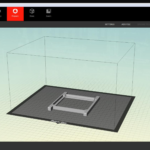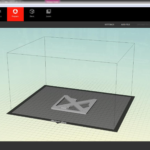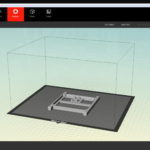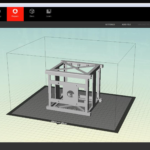Freeport High School (Freeport, New York) measured Earth’s surface temperature to study the differences in heat absorption and retention between urban and rural areas.
The primary mission of Freeport’s CubeSat prototype was to gather environmental observations to support authentic student research and create citizen scientists. For the past few years, Freeport High School students have taken part in the federally sponsored Global Learning and Observations to Benefit the Environment (GLOBE) program. The prototype used two thermal imaging cameras in specific bands to make observations of Earth’s surface temperature. This data was used by students in their ongoing effort to study the urban heat island effect. If successful, the CubeSat could be employed as a dedicated satellite to the GLOBE program, giving it another educational dimension. Improvements on future launches may allow Freeport to make measurements to assess large-scale satellites’ cost effectiveness by capturing comparable scientific data.
In 2018, Freeport Schools was chosen to participate in the Amateur Radio on the International Space Station (ARISS) Program. At this event, elementary, middle, and high school students spoke to astronaut Scott Tingle aboard the ISS. On November 23, 2020, Scott Tingle reconnected virtually with Freeport to give a presentation on the requisite skills for becoming an astronaut and watch the Freeport CubeSat team present their CubeSat mission proposal.
CTE Team Lead
Richard Johnson, Business & Technology Lead Teacher, CTE Coordinator





